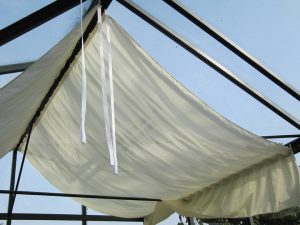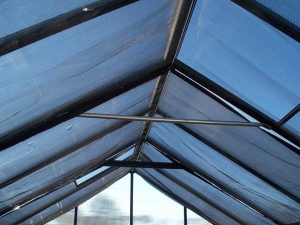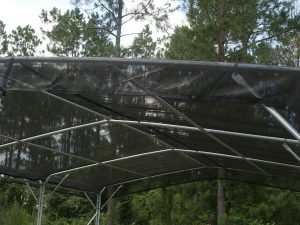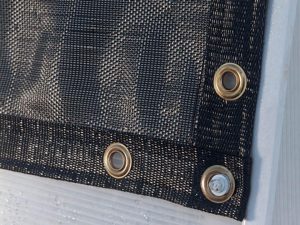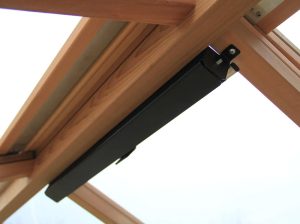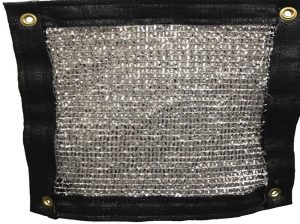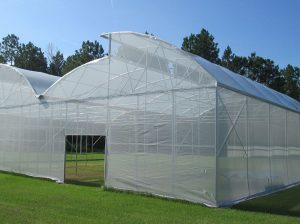-
$310.99 – $988.99
-
$294.99 – $509.99
-
$420.00 – $2,099.99
-
$124.99 – $465.99
-
$109.99 – $384.99
-
$65.99 – $137.99
-
$19.99 – $34.99
-
$299.00
-
$208.99 – $549.99
-
$142.99 – $1,066.99
They come in various thicknesses, providing different amounts of shade. It is also general knowledge that dark colors absorb the sun’s heat while light colors reflect the sun’s warmth. Some shade cloths come with a system of grommets on the end, allowing you to design a system of lines and pulleys on the surfaces. They are easy to install and remove.
Read this to learn what is better: internal or external shade cloths!
Reasons for using shade cloths
Sunlight can be both necessary and dangerous for your plant’s growth, the volume of sunlight allowed to penetrate to your plants should be regulated.
- Block out the sun’s direct lights from penetrating the greenhouse
- Offers excellent ventilation with the proper placement of shade cloths
- Improves light distribution
- Keeps greenhouses refreshing
- The energy expenses in the greenhouse become inexpensive
- Lowering risks for radiation damage
Types of shade cloths
Knitted shade cloths
- Easy to fit
- UV-resistant
- Edge taping not required
- Resists cuts, fraying and unraveling
Woven Shade Cloth
- Heavier
- Edges should be taped
- Least stretch or shrinkage, less than knitted
- UV Stabilized to endure the most severe sun exposure
- Allows more temperature build-up
Percentages
Shade cloth is woven or knitted in different densities which are indicated by the percentages. The plants that you grow will help to define the percentage of shade cloth you require. It should also be suitable for the state, in which you live. Remember that the higher the percentage, the more the sunlight is blocked.

